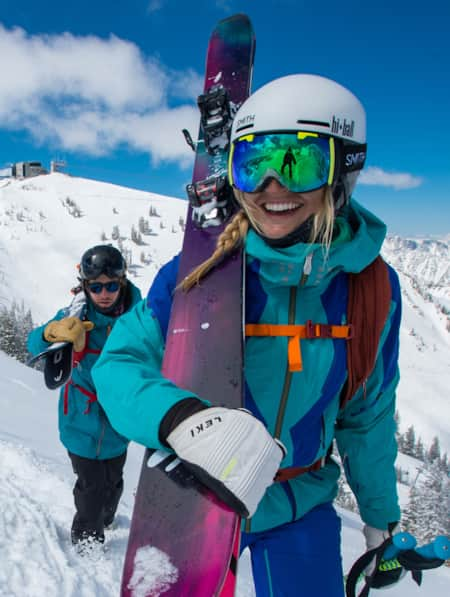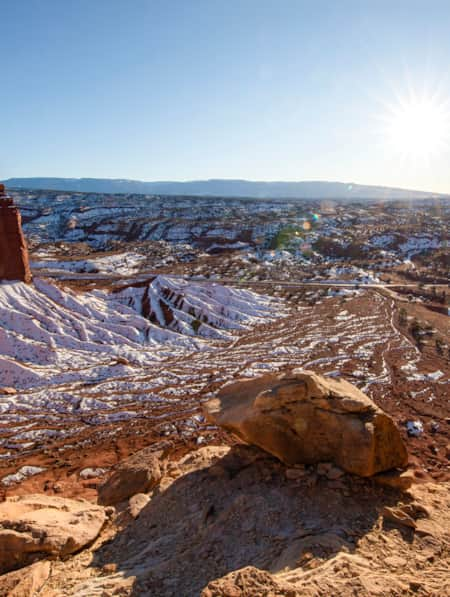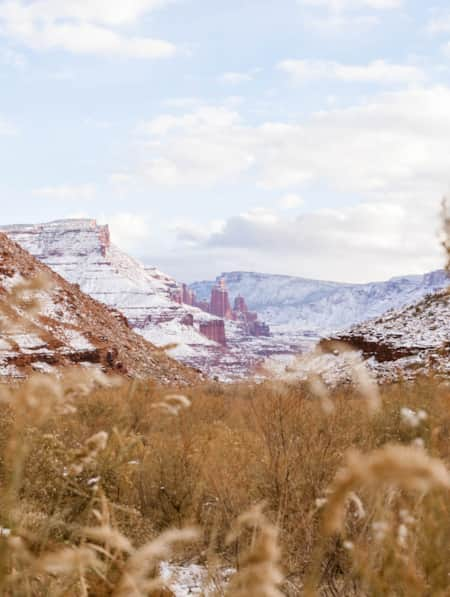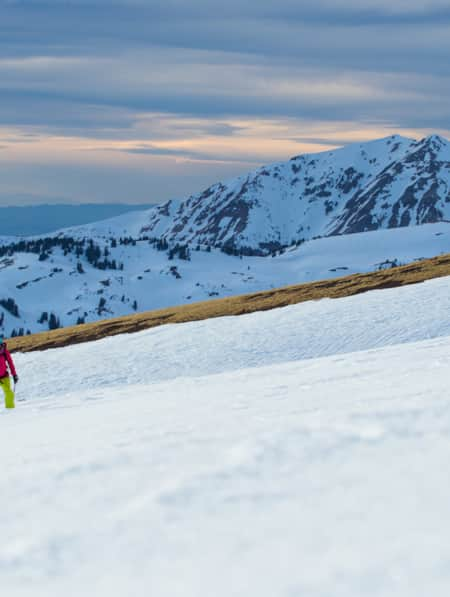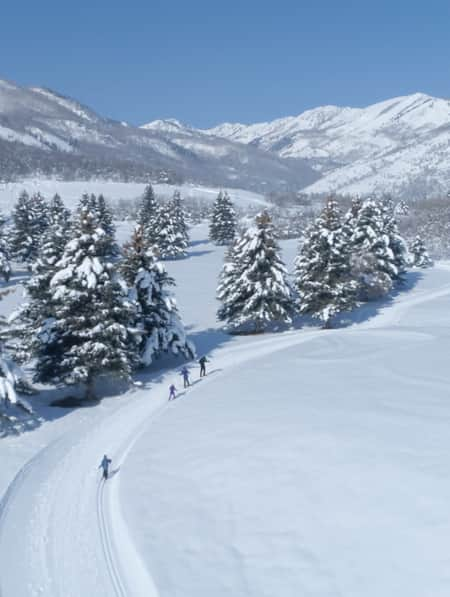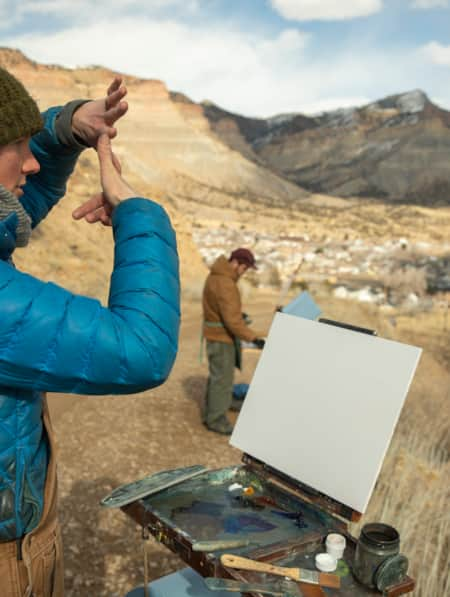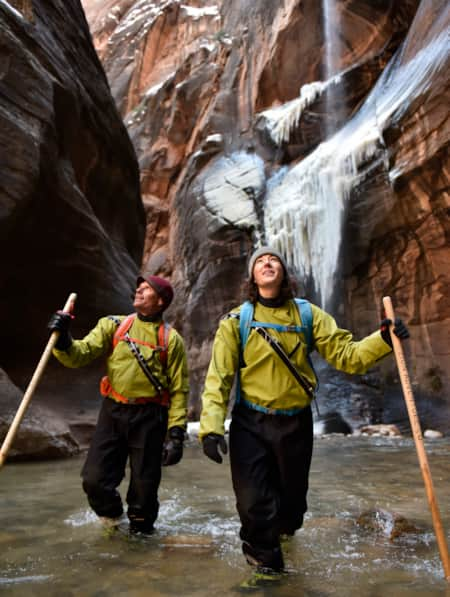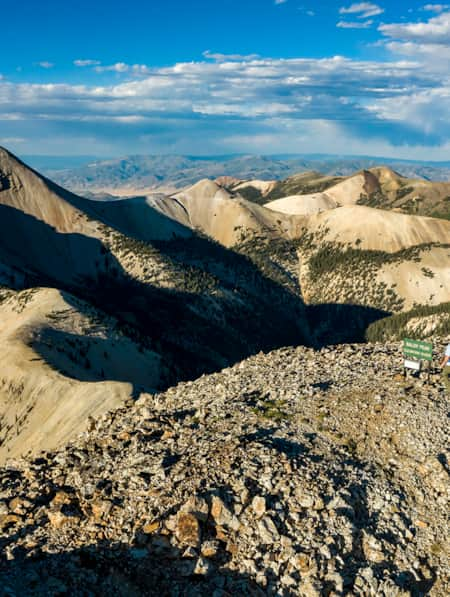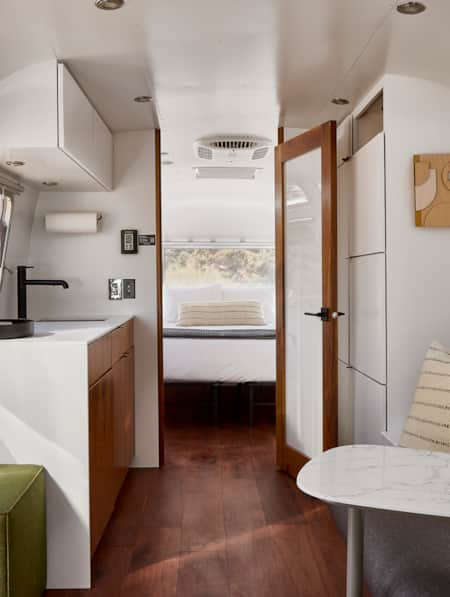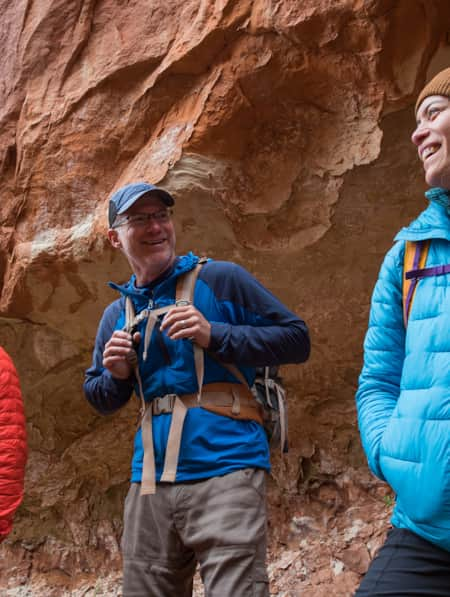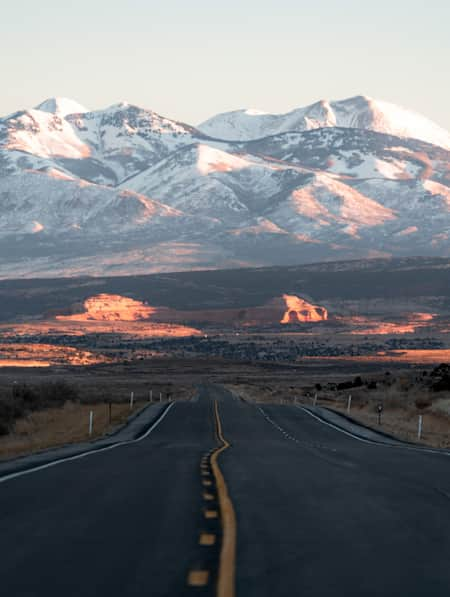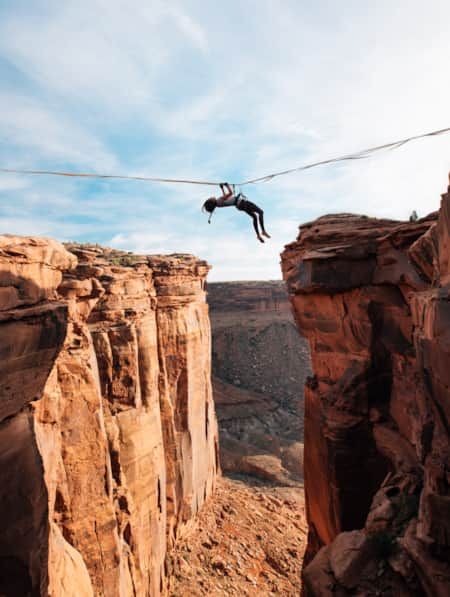Winter Weather in Capitol Reef
Capitol Reef National Park covers a wide variety of elevations and terrain, so weather can vary considerably throughout the park. Temperatures can plunge below zero, and the park typically receives a few inches of snow each month during winter, though larger amounts of snowfall are possible. Be sure to learn about conditions in the section of the park you plan on visiting and check the forecast before heading out.
Average Daily High and Low Temperature
Oct. |
Nov. |
Dec. |
Jan. |
Feb. |
|
66/44 F |
51/31 F 10/0 C |
41/21 F 5/-6 C |
41/20 F 5/-6 C |
47/26 F 8/-3 C |
Capitol Reef Winter Activities
-

Dark Skies
As an International Dark Sky Park, Capitol Reef is the perfect place to revel in the wonder of the night sky. Clear winter skies provide the backdrop for a dazzling celestial show, so bundle up nice and cozy and prepare to be mesmerized by Capitol Reef National Park’s night skies.
-

Explore the Area’s History
Delve into the area’s history by exploring Fruita. Think about what life was like in the past and stop by the Fremont Culture petroglyphs by Utah Highway 24 (bring binoculars for the best view). Take a peek at the Gifford Homestead’s exterior (the museum opens in March) as well as the Fruita Schoolhouse to ponder local history.
-

Scenic Drive
Enjoy the park from the warmth and comfort of your car by touring the Capitol Reef National Park Scenic Drive which is 7.9 miles long. Be sure to check road conditions before heading out since closures of the scenic drive — as well as dirt spur roads like Grand Wash and Capitol Gorge — are possible depending on conditions. Make sure you are comfortable with winter driving, check road and weather conditions, and be sure to have tire chains or snow tires as well as a full winter emergency kit in your car.
-

Winter Hiking
Capitol Reef National Park offers lots of great hiking opportunities for well-prepared winter hikers. The Hickman Natural Bridge Trail is a popular hike along rock walls, cottonwoods and junipers to an incredible 133-foot-long sandstone arch that rises up 125 feet. Another favorite option is the hike to the Cassidy Arch, which is a natural arch named after Butch Cassidy. Expect winter hikes to be more difficult and take longer than they would in the summer. Be aware trails can be icy and snow-covered, making for slippery and potentially dangerous conditions. Many hikers like to use “over the shoe” traction devices for extra grip. Make sure you properly prepare for a winter visit.
"Towering red rocks dusted in snow, often set against bright blue skies, welcome winter visitors to Capitol Reef National Park."



Winter Camping Near Capitol Reef
Capitol Reef National Park’s Fruita Campground is open year-round. Campsites are reservable for a nightly fee via recreation.gov. Be aware there are no electrical hookups and sites do not have individual water or sewage hookups. Winter campers, especially those tent camping, should be extremely prepared and comfortable in winter conditions and gear up accordingly. Other camping options are also available nearby, and many winter visitors choose to stay at hotels and lodges in nearby towns like Torrey.
Winter Travel Tips
- A winter visit to Capitol Reef National Park is an incredible experience, but it’s important to properly prepare for a winter visit.
- The park is open year-round and the visitor center is open most days, though hours vary by season.
- Check the park website or call to get the most up-to-date information on current conditions. Areas and roads can be closed or restricted with little notice, and some areas can become hazardous in certain conditions.
- The park encourages visitors to carefully plan their trip and leave a trip plan with an emergency contact.
- Be flexible with your plans. Check the forecast the day of the trip and be prepared to switch to Plan B (which could be staying indoors) depending on conditions.
- Always bring appropriate winter gear, including plenty of warm clothes for layering along with extras in case your clothes get wet, as well as sunglasses and sunscreen.
- Make sure you and your car are prepared for winter driving, with chains or snow tires in cases of winter storms, and a full winter emergency kit.

